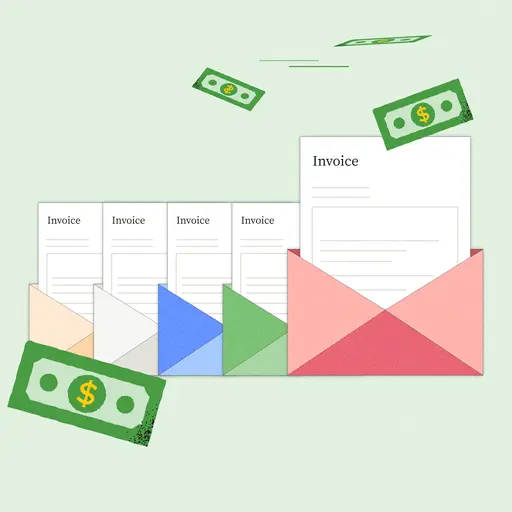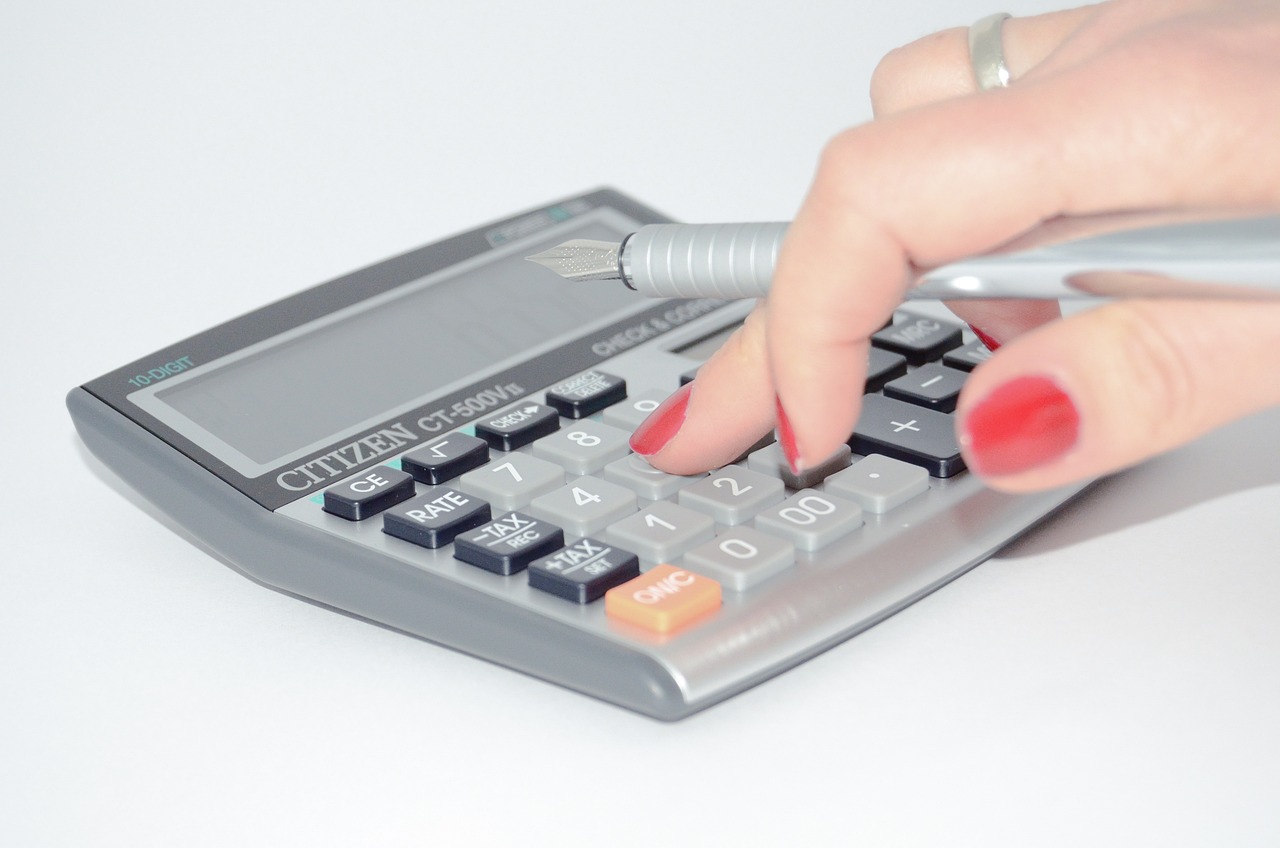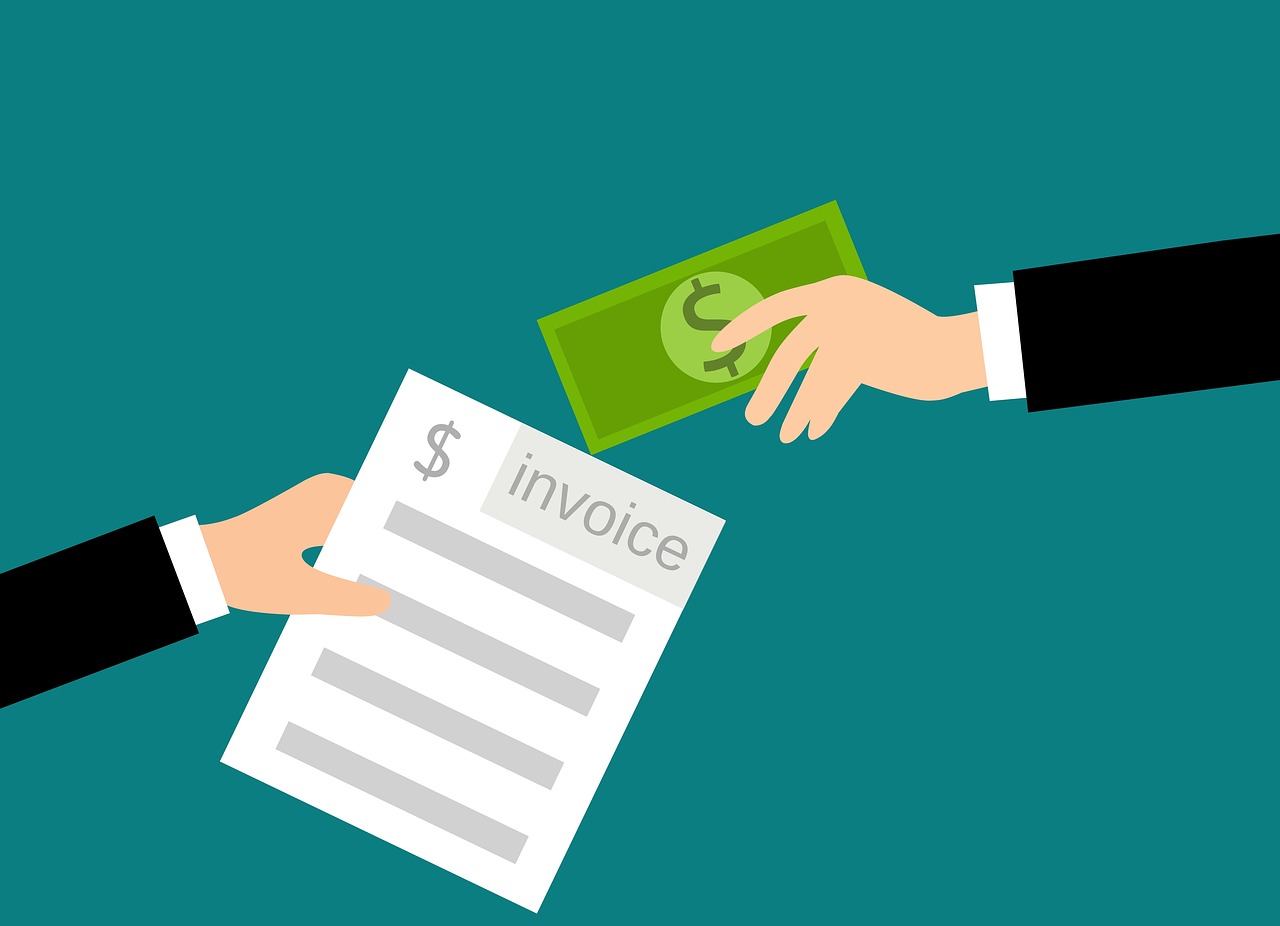E-Invoicing vs. Paper Invoicing: Pros and Cons
Have you ever noticed how the way we handle bills has changed? It used to be all paper, but now there’s a digital option, e-invoicing. If you’re wondering which method fits your business best, you’re not alone. Here’s a straightforward look at both.
Exploring the Advantages and Disadvantages of Electronic and Paper Invoicing
When it comes to picking between electronic and paper invoicing, it’s not a one-size-fits-all situation. Each has its highlights. So, let’s take a closer look.
First off, E-invoicing is the new player in town. Its strong points? Speed, accuracy, and it’s tough to lose a bill when it’s in your email. Plus, you can track it effortlessly, and it’s quite secure. However, setting it all up might take a while, and not everyone’s ready to jump into the digital deep end.
On the other hand, there’s something reliable about paper invoicing. It’s straightforward, requires no tech setup, and some clients prefer having a physical copy. However, there are some downsides. The environmental aspect of using paper can’t be ignored; let’s be honest, paper bills can get misplaced or delayed.
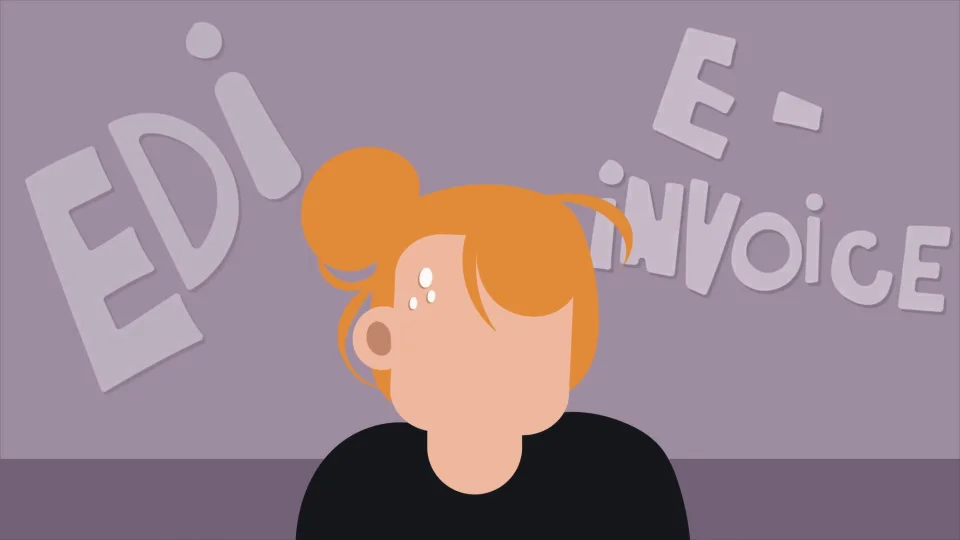
The Benefits of Adopting Digital Invoicing For Businesses
It’s not just social media and online shopping getting the digital touch. Invoicing is hopping on that digital train, too. Businesses are warming up to the perks of e-invoicing for good reasons like speed, efficiency, and a safety shield that’s tough to beat. Let’s break this down.
Efficient processing and speedy delivery
Think of digital invoicing as the express lane for billing. By cutting out the manual input and delivery process, you’re not just saving time; you’re ensuring the bill reaches the right person instantly. Here’s a deeper look at how digital brings its A-game:
- Instant delivery: With e-invoicing, the days of waiting for snail mail to arrive are gone. When you hit send, the invoice lands straight into your client’s inbox. This promptness can help with quicker payment cycles, too.
- Easy tracking: It’s like a built-in GPS for your invoices. Monitor the status in real time and get notified when it’s viewed. This clear view is vital in handling client ties and ensuring payments arrive on time.
- Bulk actions: Have multiple invoices to send out? No problem. With e-invoicing, you can send out a bunch of invoices in one go, streamlining the whole deal.
- Quick edits: If you spot an error after sending an invoice, digital platforms allow you to correct it almost instantly and resend. No need to draft an entirely new invoice or wait for the correction to reach your client.
Feeling the need for speed in your billing process? Going digital might be your answer. If you aim to
step up your billing game, we’ve got your back.
Enhancing security and reliability
Going digital doesn’t mean compromising on safety. It’s quite the opposite. With encrypted transfers, secure storage, and reliable backups, e-invoicing protects your sensitive data. Let’s break it down:
- Encrypted transfers: Every time you send an e-invoice, it’s transmitted with encryption, making it incredibly challenging for unauthorized access during transit.
- Secure storage: Most e-invoicing platforms provide robust security measures to safeguard stored data. So even when your invoice is just sitting there, waiting to be accessed, it’s kept secure.
- Reliable backups: The beauty of digital is that it can create multiple backup copies. So, even if one server goes down, your invoice data remains accessible and intact from another backup source.
Beyond the technicalities, a tangible peace of mind comes with e-invoicing. It’s consistently dependable, and when compared to the vulnerabilities of paper invoices, like getting lost or damaged, e-invoicing stands out as the more reliable option.
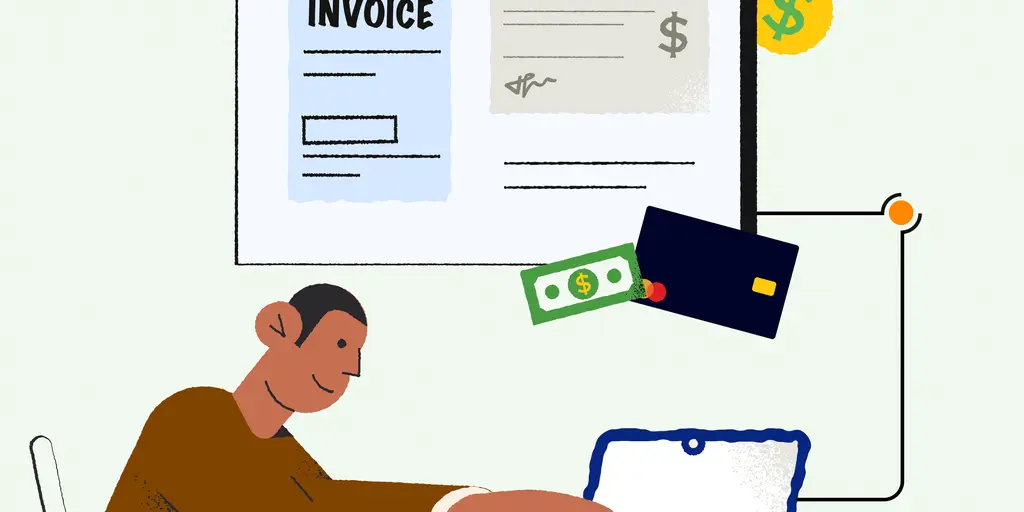
Environmental and Cost Considerations in the Paperless Invoicing Debate
Choosing a method for invoicing isn’t just about streamlining your business operations. It has implications that ripple into the world, affecting our environment and wallets. Let’s zoom out a bit and consider the broader landscape shaped by our invoicing choices.
Environmental advantages of going paperless
Switching to electronic invoicing isn’t just a boost for your business; it’s also a nod to Mother Nature. Reducing our reliance on paper directly impacts the environment in a handful of positive ways. Let’s put these benefits under the spotlight:
- Reduced Deforestation: Fewer trees get the ax because less paper is needed. Trees play a pivotal role in combating climate change by absorbing carbon dioxide.
- Lower Carbon Footprint: Think of all the transport involved in delivering paper invoices, from trucks to planes. Digital transmission has a significantly lower carbon footprint.
- Less Waste: E-invoices don’t end up in the trash or get lost, meaning there’s a marked reduction in waste. Less clutter for you, less rubbish for the planet.
- Conservation of Resources: Producing paper isn’t just about trees. It involves water, energy, and chemicals. Going digital conserves these resources.
If you’re looking to make an environmentally friendly shift and
optimize electronic invoicing, check out the tools tailored just for you.
Cost-saving benefits of E-invoicing
It’s not just about saving the environment; your wallet gets a breather with e-invoicing. When we lay down the numbers, the cost benefits of electronic invoicing compared to traditional paper methods are hard to ignore:
- Printing & Supplies: No need to buy paper, ink, or maintain printers. These costs, though small individually, add up over time.
- Postage & Delivery: Snail mail isn’t free. Digital, on the other hand, costs virtually nothing to send.
- Storage & Archiving: Physical files need space and sometimes even off-site storage facilities. E-invoices can be stored efficiently on servers or the cloud without occupying any physical space.
- Time & Labor: Time is money. Manual invoicing takes up staff hours in drafting, printing, mailing, and filing. Automation and instant delivery of e-invoices free up valuable time.
In the end, digital isn’t just a passing trend. It’s a smart choice for businesses, wallets, and our planet.

Transition Strategies for Businesses Looking to Switch from Paper to Electronic Invoicing
Switching from traditional paper invoicing to an electronic system requires careful planning and structured execution. Being prepared is key for a smooth changeover.
Smooth transitioning steps
Thinking about going electronic with your invoices? A well-thought-out game plan is a must. Here’s a structured approach to guide you:
- Evaluate Current Processes: Understand your existing invoicing workflow. Identify who handles each task and pinpoint any inefficiencies.
- Choose the Right Software: Research various e-invoicing platforms to find one that meets your business needs. It should be user-friendly and suitable for your business size and type.
- Training: Prepare your team for the change. Conduct training sessions to familiarize everyone with the new system.
- Pilot Phase: Start with a smaller group of customers. Send electronic invoices to them, gather feedback, and adjust as necessary.
- Data Migration: Transfer all required data from your old system to the new one, ensuring no data loss.
- Communicate: Inform your clients about the upcoming change so they are aware and can ask questions or express any concerns.
- Full Implementation: Once satisfied with the system’s functionality and the feedback received, roll out e-invoicing to all your clients.
- Review & Refine: Periodically check how the new system is performing. Keep tweaking based on what’s working and what’s not.
For companies wanting to
shape their e-invoices a certain way, there are customized options to fit the bill.

Handling challenges during transition
Every transition comes with challenges, and shifting to electronic invoicing is no exception. One of the primary obstacles businesses face is the natural resistance to change. People can sometimes hesitate with new changes. So, it’s all about being open and keeping the lines of communication flowing. Make sure you spell out why the change is happening and how it can be a win-win for your team and clients.
On the technical side, while new systems might occasionally present bugs or glitches, a proactive approach, like having an adept IT support team, can resolve issues promptly. Transferring data might seem a bit tricky. But, with good backups and checks after moving the data, companies can be sure everything’s spot on. With smart planning and clear chat, companies can handle any bumps on the e-invoicing road.
Case Studies Illustrate the Impact of the Choice Between E-Invoicing and Paper Invoicing
Real-life examples can be a great way to weigh the good and bad of e-invoicing against paper billing. These stories give businesses a clearer picture and can help guide those making the switch.
Successful digital transition stories
We’ve watched plenty of companies jump on the e-invoicing train and enjoy the ride. For instance, a mid-sized tech company, previously bogged down by paper clutter and manual errors, transitioned to digital invoicing. The change meant 40% fewer mistakes in billing and slashing the time taken in half. Another enterprise, a retail chain, cited instant delivery, real-time tracking, and enhanced cash flow as primary reasons for their successful shift.
Why some stick to paper
On the other side of the spectrum, there are businesses that, despite the digital wave, have chosen to stick with traditional paper invoicing. A family-owned boutique, for instance, decided against transitioning because their clientele, mostly older individuals, preferred tangible invoices they could file and reference. Some businesses love the feel of paper bills because it helps with keeping records and checking everything. It shows that even with tech’s benefits, it’s important to consider what suits the company and its customers.
Paving the Way Forward
At the crossroads of invoicing, the shift towards digital is evident. But it’s not just about hopping onto the latest trend; it’s about finding the best fit for your business and your customers. Both e-invoicing and traditional methods have their merits. It’s all about balance – being forward-thinking and thinking of what your customers like. And if you’re thinking about which way to go, tools like Saldo Invoice Maker Apps are here to help.

